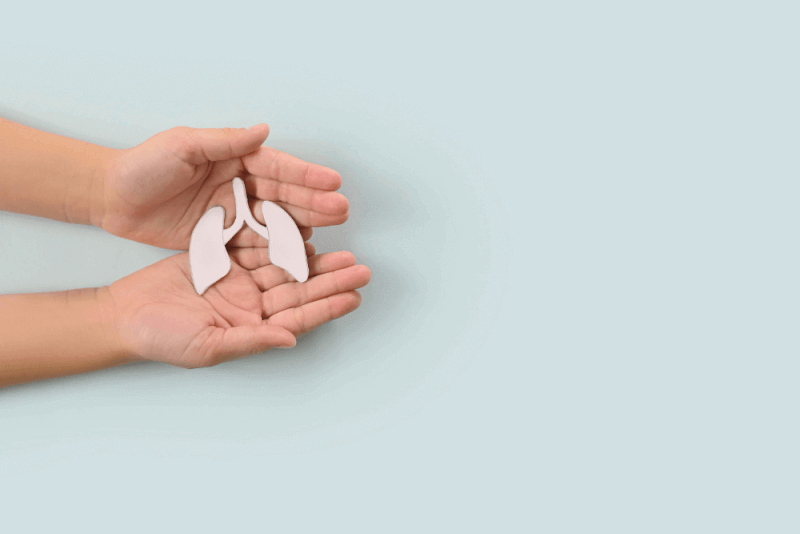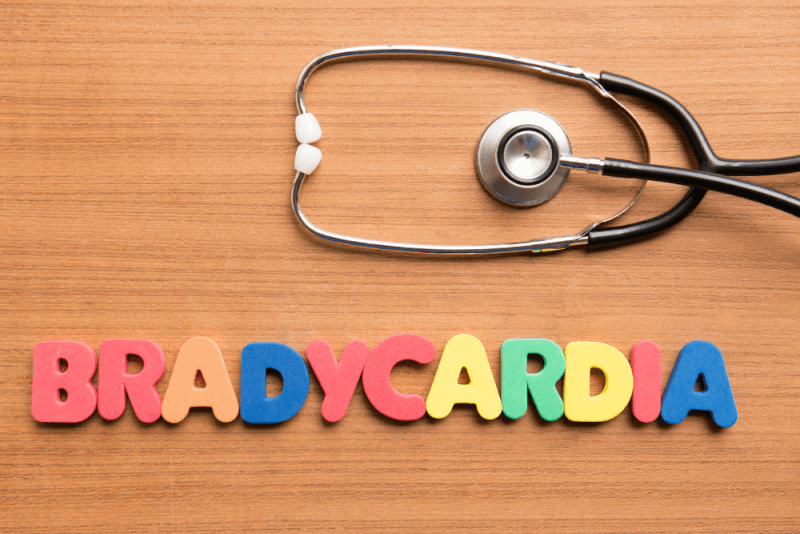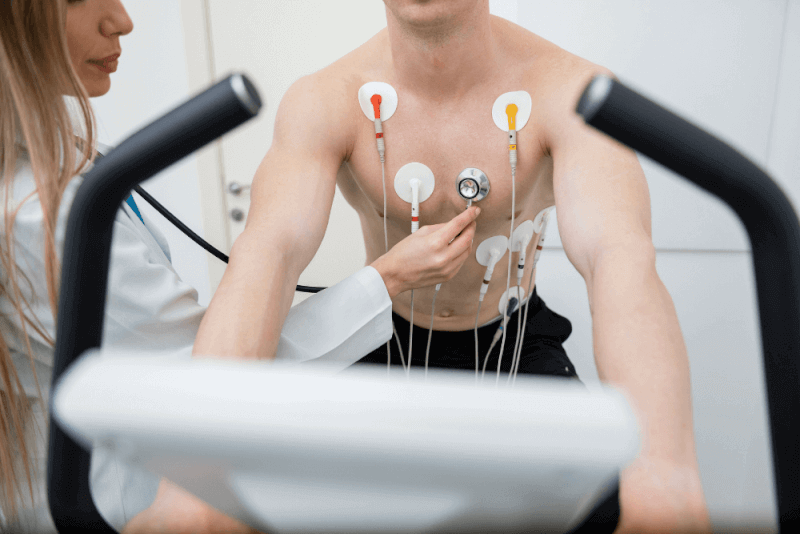What is Pulmonary Hypertension?
Pulmonary arteries are the blood vessels that carry oxygen-poor blood from the heart to the lungs. High blood pressure in these arteries is called Pulmonary Hypertension. Pulmonary Hypertension can have many different causes, often being a complication of heart and lung diseases. However, many other diseases and environmental factors can increase the risk of hypertension.
Pulmonary Hypertension is an extremely dangerous health condition because it disrupts blood flow in the heart and lungs. It causes the arteries to narrow, making the heart work harder to pump oxygen-poor blood to the lungs. Over time, Pulmonary Hypertension can damage the heart and lead to various health problems in different parts of the body. If left untreated, it can be fatal.
Diagnosis of Pulmonary Hypertension
The diagnosis of Pulmonary Hypertension begins with a physical examination. This examination checks for signs of Pulmonary Hypertension as well as symptoms caused by heart and lung problems. During the physical examination, swelling in the jugular vein is considered a sign of right heart failure. The size of the liver is also checked by examining the upper right part of the abdomen. A stethoscope is used to listen to the heart and lungs, and the abdomen, feet, ankles, and legs are checked for edema. Blood pressure and oxygen levels in the blood are also measured.
Diagnosing Pulmonary Hypertension can be challenging because its symptoms are similar to those of many other diseases. Therefore, after a physical examination, various tests are performed to gather more information. Patients may also be referred to a pulmonologist and cardiologist.
Several tests can be used to diagnose Pulmonary Hypertension. These tests include methods to measure blood pressure in the pulmonary artery:
- Right heart catheterization measures the pressure in the pulmonary artery and checks how much blood the heart can pump per minute. This test is also known as pulmonary artery catheterization.
- Doppler echocardiogram assesses how the right ventricle is functioning and measures blood flow through the heart valves. Systolic pulmonary artery pressure is also calculated during this test.
Tests to identify potential causes of Pulmonary Hypertension include:
- Blood tests to check for issues related to organ function, hormone levels, and infections.
- Chest CT scan to look for blood clots and other lung conditions that could cause or worsen Pulmonary Hypertension.
- Chest X-ray to check if the right ventricle or pulmonary artery is larger than normal.
- PSG (polysomnography) to check for sleep apnea.
- Pulmonary ventilation-perfusion scan to detect blood clots in the lungs.
- Walking test to measure how much oxygen circulates in the blood. This helps determine the severity of Pulmonary Hypertension.
Symptoms of Pulmonary Hypertension
The first symptom of Pulmonary Hypertension is shortness of breath. This may be mild and occur during activities like shopping or climbing stairs. Over time, symptoms worsen and make everyday activities difficult.
As Pulmonary Hypertension progresses, shortness of breath may occur even when not moving. Other symptoms include:
- Bluish color of the skin and lips
- Swelling in the ankles, legs, and abdomen
- Chest pain and pressure
- Rapid heart rate
- Dizziness
- Fainting
- Pain in the upper right part of the abdomen
- Fatigue
- Feeling more hungry than usual
The World Health Organization (WHO) classifies Pulmonary Hypertension into four classes based on symptoms and the ability to perform daily activities. As Pulmonary Hypertension worsens, symptoms become more pronounced and daily life is more affected. These classes and their symptoms are:
- Class 1: No symptoms are observed.
- Class 2: No symptoms at rest, but some discomfort or shortness of breath during routine activities like climbing stairs and household chores.
- Class 3: Better at rest, but patients start to struggle with normal tasks due to fatigue or shortness of breath.
- Class 4: Symptoms are present even at rest, and trying to perform any normal task makes symptoms worse.
Causes of Pulmonary Hypertension
The causes of Pulmonary Hypertension vary depending on its type. They can be related to various diseases, underlying health issues, and environmental exposures.
Pulmonary Hypertension typically affects people between the ages of 30 and 60. However, Pulmonary Hypertension from unknown causes is more common in young adults. Factors that can increase the risk of Pulmonary Hypertension include:
- Family history of Pulmonary Hypertension
- Being overweight
- Smoking
- Blood clotting disorders or a family history of blood clots in the lungs
- Exposure to asbestos
- Congenital heart problems
- Living at high altitudes
- Use of certain drugs, including some weight-loss medications, cocaine, or methamphetamine
Treatment Methods for Pulmonary Hypertension
There is no cure for Pulmonary Hypertension. However, treatments are available to improve symptoms, extend life expectancy, and prevent the condition from worsening. Various treatments are also applied for any health issues that may cause Pulmonary Hypertension.
Finding the most suitable treatment for Pulmonary Hypertension usually takes some time. Treatments are often complex and require numerous health check-ups.
Medications
Various medications can help patients feel better by treating the symptoms of Pulmonary Hypertension. These medications are also used to treat or prevent complications and include:
Vasodilators
These drugs, which relax blood vessels, help open narrowed blood vessels and improve blood flow. They can be inhaled, taken orally, or given via IV. Some types are continuously delivered through a small pump attached to the body.
Soluble Guanylate Cyclase Stimulators
This type of drug relaxes the pulmonary arteries and reduces pressure in the lungs.
Endothelin Receptor Antagonists
These drugs counteract the effect of a substance in the blood vessel walls that causes narrowing, thereby widening the blood vessels.
Medications that Improve Blood Flow
Phosphodiesterase 5 inhibitors are used to improve blood flow in the lungs. These medications are also used to treat erectile dysfunction.
High-Dose Calcium Channel Blockers
These drugs help relax the muscles in the blood vessel walls, reducing the severity of symptoms. Although calcium channel blockers can be effective, only a very small percentage of people with Pulmonary Hypertension show improvement while taking them.
Anticoagulants
These blood thinners help prevent blood clots. While anticoagulants slow the clotting process, they increase the risk of bleeding.
Digoxin
These drugs help the heart beat stronger and pump more blood and can also help control irregular heartbeats.
Diuretics
These drugs help the kidneys remove excess fluid from the body, reducing the amount of work the heart has to do. They are also used to reduce fluid buildup in the lungs, legs, and abdomen.
Oxygen Therapy
Some patients with Pulmonary Hypertension are advised to breathe pure oxygen. This therapy is often prescribed for people living at high altitudes or those with sleep apnea.
Surgery or Other Procedures
If medications are not effective in controlling the symptoms of Pulmonary Hypertension, surgery may be recommended. Surgical treatments and procedures for Pulmonary Hypertension include:
Atrial Septostomy
If medications do not control the symptoms of Pulmonary Hypertension, an atrial septostomy may be recommended. In this procedure, the doctor creates an opening between the right and left chambers of the heart, reducing pressure on the right side of the heart. A potential complication is arrhythmia.
Lung or Heart-Lung Transplant
A heart-lung or lung transplant may be necessary for young patients with idiopathic Pulmonary Hypertension. Lifelong medication is required after the transplant to reduce the likelihood of rejection.
Types of Pulmonary Hypertension
Pulmonary Hypertension is classified based on its cause.
1. Pulmonary Arterial Hypertension
Also known as Group 1 Pulmonary Hypertension, its causes include:
- Congenital heart disease
- Liver disease
- Diet pills like fen-phen
- HIV
- Glycogen storage diseases
- Genetic mutations
- Lupus
- Drugs like methamphetamine
- Portal hypertension
- Scleroderma
- Pulmonary capillary hemangiomatosis
- Pulmonary veno-occlusive disease
- Schistosomiasis
People with the above conditions may develop Pulmonary Hypertension for no apparent reason, which is called idiopathic.
2. Pulmonary Hypertension due to Left Heart Disease
Heart problems are a common cause of Pulmonary Hypertension. Since the right and left sides of the heart work together, an issue on the left side affects the right side as well. The right side of the heart is responsible for pumping blood into the pulmonary artery, so left heart problems create a chain reaction that impacts the rest of the heart and pulmonary artery. Left heart problems that can cause Pulmonary Hypertension include:
- Aortic valve disease
- Left-sided heart failure
- Left ventricular hypertrophy
- Mitral valve disease
3. Pulmonary Hypertension due to Lung Diseases and Hypoxia
The third group of Pulmonary Hypertension is caused by lung diseases, which are common causes of this condition. Some people with left heart disease may also have lung disease or oxygen deficiency. Lung problems that can cause Pulmonary Hypertension include:
- COPD
- Interstitial lung disease
- Obstructive sleep apnea
4. Chronic Thromboembolic Pulmonary Hypertension
The fourth group form, caused by obstructions in the lungs, is often due to chronic thromboembolic Pulmonary Hypertension. This condition involves blood clots and scar tissue forming in the arteries of the lungs.
A pulmonary embolism is a blood clot that comes from another part of the body and gets stuck in a lung blood vessel. These clots are often treatable, but scar tissue may remain. This scar tissue can make it harder for blood to flow, raising pressure in the pulmonary artery.
5. Pulmonary Hypertension with Unclear or Multifactorial Mechanisms
Many different factors can cause Pulmonary Hypertension. The factors causing Pulmonary Hypertension in this group are not fully identified. However, there is known to be a relationship between Pulmonary Hypertension and the following conditions. Therefore, people with these conditions are at higher risk of developing Pulmonary Hypertension. These conditions include:
- Gaucher disease
- Kidney disease
- Langerhans cell histiocytosis
- Sarcoidosis
- Thyroid disease
- Tumors
Complications of Pulmonary Hypertension
Potential complications of Pulmonary Hypertension include:
- Right-sided heart enlargement and heart failure
- Blood clots
- Irregular heartbeats
- Bleeding in the lungs
- Pregnancy complications








